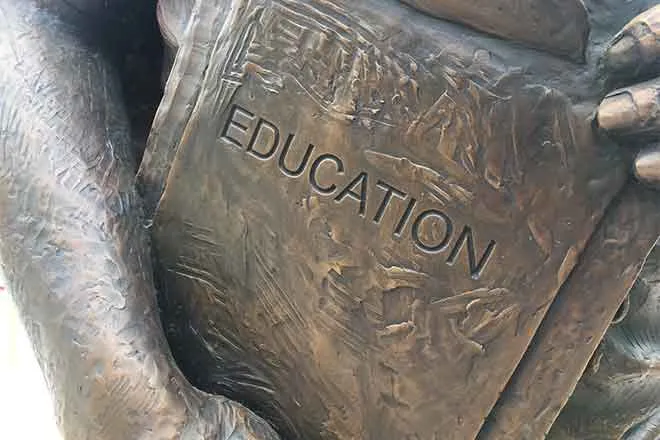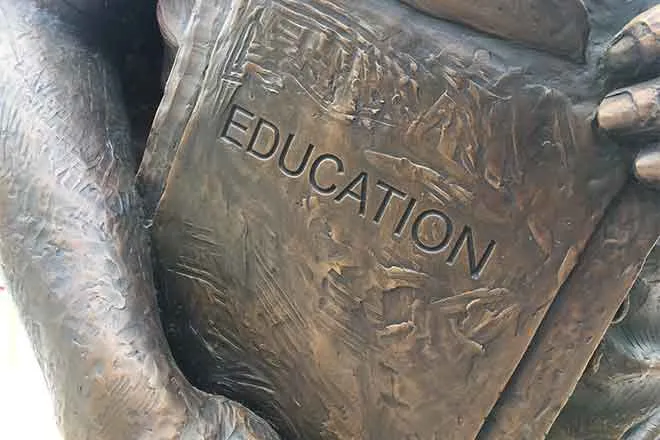
Sense of community at heart of anti-bullying messaging
(Greater Dakota News Service) This weekend marks the kickoff of National Bullying Prevention Month. Those raising awareness hope schools across the nation work toward establishing a more inclusive environment, and that parents take action when needed.
According to the Midwest-based PACER organization, one in five students reports being bullied - and being targeted can directly affect their ability to learn.
Julie Hertzog is the director of PACER's National Bullying Prevention Center, and said schools are being more proactive with anti-bullying messaging.
She added that they can take it a step further by fostering more unity within their buildings.
"It can be as simple as, if you're doing an activity within a group, asking somebody else if they would like to join you or participate," said Hertzog. "So, any way that you can increase connection between each other makes communities healthier for everyone."
Hertzog noted that social media remains a concern in trying to protect kids from hurtful actions by their peers.
Whether a student is bullied online or at school, she said parents should let the child talk openly about it and how they feel about responding. She also advised them to research the school's harassment policy for guidance on how to proceed.
Hertzog said over time, their work has helped dispel myths that words can't hurt people and that experiencing bullying is a part of growing up. She said a lot of kids know this behavior is not OK.
But she stressed that a lot of students are still likely to feel isolated, and recognizing them in a positive way is important.
"We talk a lot about the tenets of kindness," said Hertzog, "accepting each other for our differences."
LGBTQ advocates have argued those sentiments are especially important in conservative-led states, which have passed various laws deemed hostile towards transgender students.
According to the Trevor Project, 52 percent of LGBTQ youths enrolled in middle or high school report being bullied either in person or electronically.
















